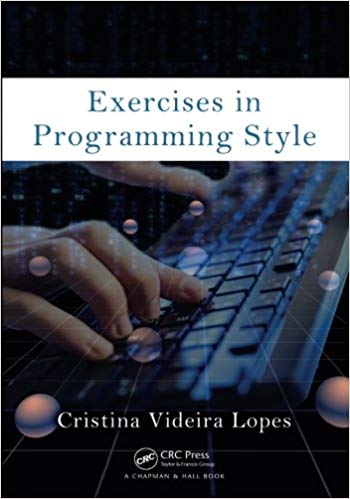This is the 2nd post in the Exercises in Programming Style focus series. Last week, we had our first taste of Exercises in Programming Style. Remember, the goal is to write a simple program, but to comply with some constraints. The previous constraint was that there was only a single variable available, an array. With a statically-typed language such as Kotlin, it required a lot of casting variables to their correct types before using them. This week, the constraint is as radical, but different.

